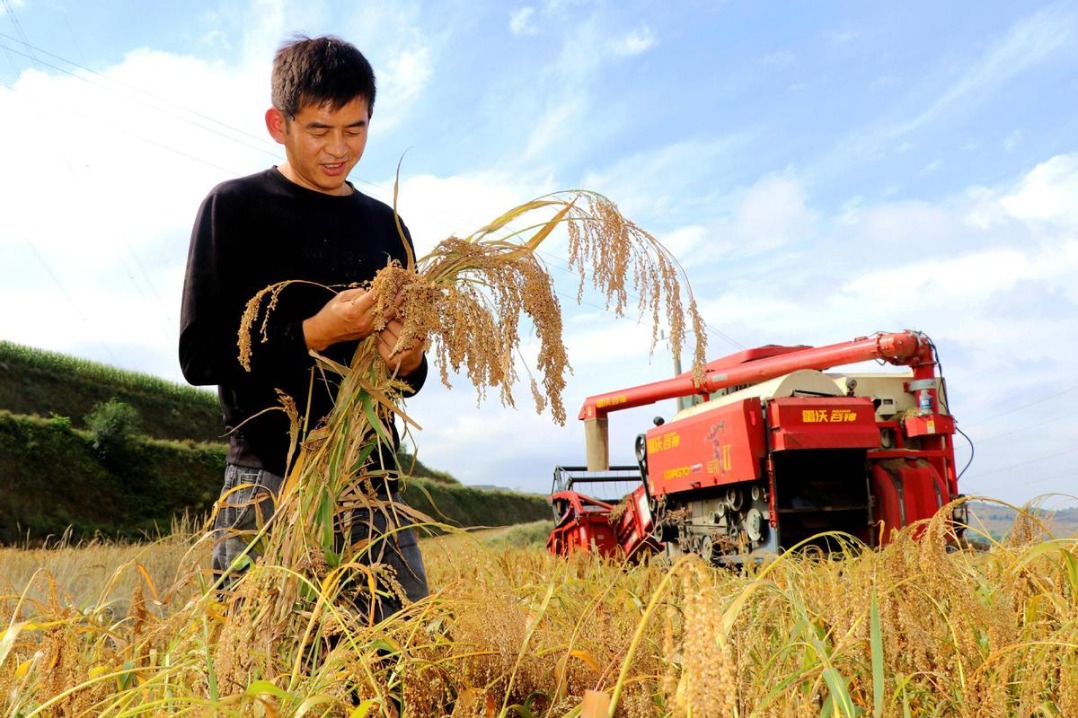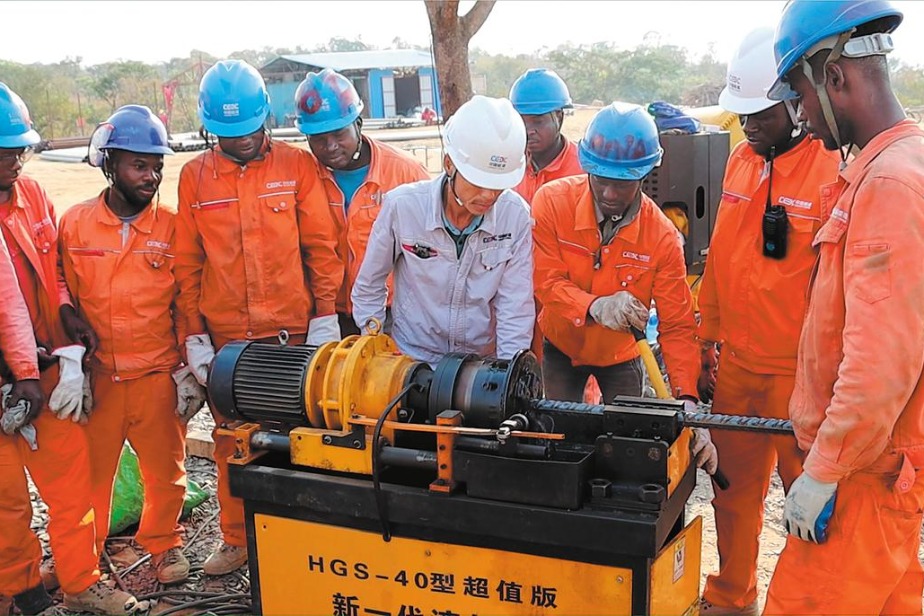China tests buoyant turbine to harvest wind energy in sky

BEIJING -- China's home-designed buoyant airborne turbine has successfully completed its maiden flight in Hami, Northwest China's Xinjiang Uygur autonomous region, after passing rigorous tests including full desert assembly and continuous high-wind deployment and retrieval.
The S1500, a Zeppelin-like megawatt-scale commercial power system that harvests energy in the sky, measures 60 meters long, 40 meters wide and 40 meters tall, making it by far the largest floating wind-power generator ever built, according to Beijing SAWES Energy Technology Co., Ltd., one of the developers of the airship.
The S1500's main airfoil and annular wing together form a giant duct that houses 12 turbine-generator sets, each rated at 100 kW. Harnessing the steady high-altitude jet stream, the rotors convert wind into electricity, which is then transmitted reliably to the ground through the tether cable.
Unlike conventional land-based turbines, airborne wind systems require no massive tower or deep foundation, cutting material use by 40 percent and the electricity cost by 30 percent. Entire units can be relocated within hours, making them ideal for unlocking renewable power in deserts, islands and mining lots.
The airship is developed by SAWES in collaboration with Chinese institutes, including Tsinghua University and the Aerospace Information Research Institute (AIR) under the Chinese Academy of Sciences. They mastered the challenging know-how of aerostat stability, ultra-light generators and kilometer-scale high-voltage power tethers.
In October 2024, the helium-filled S500 blimp ascended to 500 meters above ground in central China's Hubei Province, generating power at a rate of over 50 kW. Three months later, the S1000 reached 1,000 meters, doubling the output to 100 kW.
Designed for disaster relief, rapid mapping and urban security, the airborne platform can be launched quickly after an earthquake or flood to keep lights, radios and life-saving equipment running, explained Weng Hanke, chief technology officer of SAWES.
The winds that blow steadily between 500 and 10,000 meters above the ground represent one of the last great untapped sources of energy on Earth, abundant, widely available and entirely carbon-free.
These winds are much stronger and steadier, often several times those at ground level. Since turbine power scales with the cube of wind speed, the sky holds an immense, untapped energy reservoir.
"When wind speed doubles, the energy it carries increases eightfold, triple the speed, and you have 27 times the energy," Gong Zeqi, a researcher from the AIR, said.
An action plan for 2016 to 2030 issued by the National Development and Reform Commission calls for research and development on key technologies for large-scale high-altitude wind-power generators.
- China tests buoyant turbine to harvest wind energy in sky
- Xinjiang through my eyes: Beauty beyond time
- China advances education reform to address needs of students, society
- Xinjiang through my eyes: A benevolent heart
- Green is gold: global development paradigm of renewables
- More than 36,000 US youths visit China through exchange programs in 2 years





































